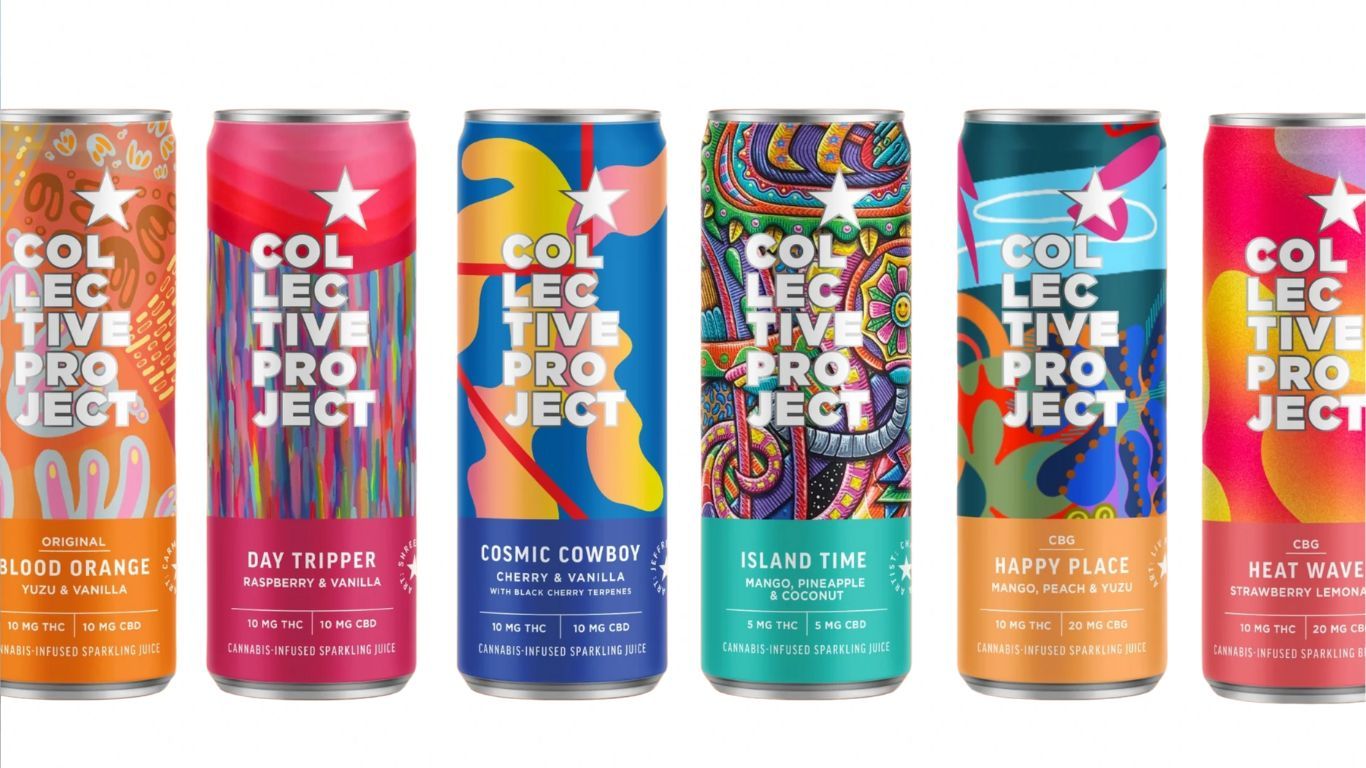
It is harder to make a shelf-stable cannabis gummy than one might think. As a food item, infused gummies, or any other edible, can spoil when exposed to air, moisture, heat, and other microorganism-friendly environments. There is a fair amount of science that goes into creating gummies that don’t go bad. Even large-scale productions can have unexpected issues like mold.
This is something licence holders TerrAscend and THC BioMed both know from experience. First, TerrAscend sent out a recall for more than 330,000 packages of cannabis infused gummies following a handful of consumer reports of mold. Only a few weeks later THC BioMed sent out a recall for one lot of cannabis gummies from the Saskatchewan market due to concerns with mold.
“The affected product may contain mold. In certain individuals, exposure may result in allergic symptoms such as sneezing, coughing, wheezing, runny nose or nasal congestion, and watery or itchy eyes,” warned the Public Health Agency of Canada. Neither incident resulted in any adverse effects reported to Health Canada.
No one likes a moldy gummy
What is up with all these moldy gummies? If legal cannabis is supposed to be safer, how is it that compromised products routinely hit the market? As previously mentioned, it is difficult to create stable gummy products. Producers must tinker with variables like water content, preservatives, and ingredients to balance shelf stability with product quality. It doesn’t matter how long your product will stay good for if it is basically a hockey puck.
Sometimes the perfect storm of moisture and bacteria happen despite the best of intentions. Luckily mold and other growths caused by bacteria or yeast are easy to spot in affected products. If consumers use common sense and keep an eye out, moldy gummies are more of an inconvenience than a disaster. Not to say issues like mold are unavoidable, a breakdown has to happen between production, testing, and sale.
Wetter isn’t always better
It seems that a low moisture content is the secret to success in a long-lasting, mold-free cannabis gummy. “When it comes to product stability for our gummies, we make sure the amount of free water is minimized during the manufacturing process,” says Michael Lattimer, VP Operations at Pure Sunfarms.
“This way micro-organisms do not have a medium in which to grow. In fact, our gummy formulation was specifically designed to have low water activity to ensure the final product is completely stable and stays fresher for longer.”
Just like other food products, cannabis gummies can go bad more quickly if stored incorrectly. Always store edibles in a cool, dark, and dry location to prolong their shelf life. If you are making gummies at home, according to r/treedibles, drying out the gelatin and adding preservatives like potassium sorbate or extra citric acid can help.
QA is key to risk management
Someone once told me that if you want a gummy, infused or otherwise, that has a long shelf life it needs to be vegan. Whether or not this is true is still up in the air but a variety of moisture related issues are caused by improper drying of gelatin. According to Lattimer, all the gummies at Pure Sunfarms are vegan, gluten-free, and made with fruit puree, not water.
In addition to the ingredients, Lattimer explains the importance of product testing. “We perform extensive tests throughout the supply chain to make sure our edible products adhere to industry requirements and offer a pure, safe, and clean experience for our consumers,” says Lattimer.
“All edible products are tested throughout the manufacturing process to assess the microbiological, chemical, and physical risks of each ingredient and to ensure all materials used in each process step do not pose any risk. This includes microbiological and chemical testing to confirm potency.”











